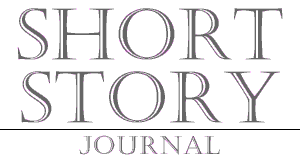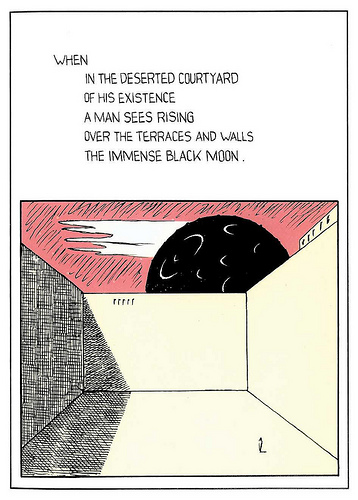| Performance Indicator:
P.S ELA-2 Reading Analysis: Cite strong and thorough textual evidence to support analysis of what the text says explicitly as well as inferences drawn from the text, including determining where the text leaves matters uncertain. A. Evaluate the relevant themes and synthesize how they are present in the novel in oral and written responses. P.S ELA-3 Reading Craft and Structure: Determine an author’s point of view or purpose in a text in which the rhetoric is particularly effective, analyzing how style and content contribute to the power, persuasiveness or beauty of a text. A. Understand SOAPSTone: Speaker, Occasion, Audience, Purpose, Subject, Tone |

After you read an assigned short story you are responsible for responding to each of the short story concepts, presented below with respect to the assigned story. You will be able to use these guidelines on any future assessments. The guidelines will also be assessed as a homework grade.
1. What is the title of the story?
2. Who is the author of the story?
3. What is the setting of the story? How does the setting influence the conflict?
4. Who is the protagonist in the story?
5. Who/what is the antagonist of the story?
6. What is the conflict of the story? Represent the conflict with one of the following selections as well as provide an explanation of your selection:
Person vs. Person
Person vs. Society
Person vs. Nature
Person vs. Self
7. Summarize the story.
8. Identify apparent symbols indicating what the symbols represent.
9. List other supporting characters of significance.
10. What is the theme of the story?

